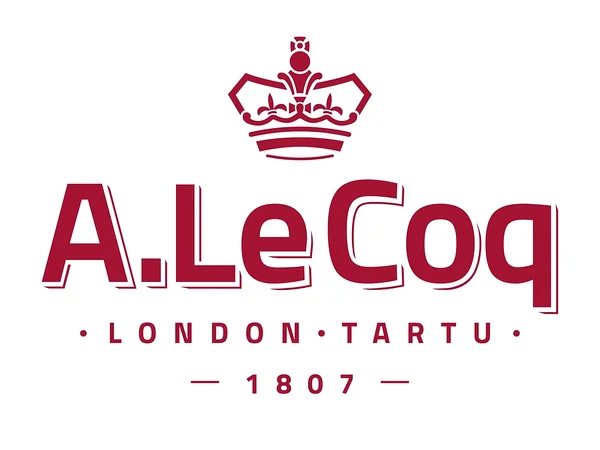The Moonsund Regatta (Muhu Väina) is the oldest sailing regatta in Estonia and Estonian Open Offshore Sailing Championship for Folkboot class today. For ORC classes the Estonian champions have been found out during an another regattas since 2014. It has been organised since 1958 and it's been growing yearly to become an international high-level regatta.
There have been around 850 participants
on up to 144 vessels lately participating with more than 100 boats from Estonia, up to 20 from Russia, up to 15 from Latvia and a few from Lithuania, Finland and Sweden. In 2017, when Moonsund Regatta was celebrating it's 60th Anniversary, has been the biggest regatta in the history of the regatta so far with 144 teams participating.
When in 1958, the national sailing competition had ended, the yachtsmen on
keelboats decided to come back to Tallinn
by sea. After the respective documents were submitted, they received permission
to do that. But to make sailing more interesting, they decided to sail back racing
each other.
Eight yachts took to the star, two of them Draakon and two 5.5R class yachts. The first stage was raced from Riga to Pärnu. In Pärnu, two Hai class yachts joined and so the 10 yachts raced to Haapsalu, where the regatta finished. Due to the fact that everyone liked the regatta, it was decided to organise such competitions also in the future. And thus the first Moonsund Regatta had taken place!
With each year the number of participants increased, new classes were added and the regatta became the most anticipated yachting event of the year, and it has stayed as such until today. Each year the number of participants has grown in terms of yachts as well as people. In addition to Estonians, participants also come from Russia, Latvia and Lithuania. The number of yachts was usually between 80 and 90 and during the years 1984-1986 the number of participating yachts exceeded already 100.
The stages of the regattas usually took people to the ports inside the Muhu Strait, but there have been finishes also in Roja and Salacgriva ports in Latvia. Due to the fact that back then the ports were relatively small, mostly meant for fishing ships and boats, keeping the yachts there was often very complicated. Going to the start in the mornings always started early with untangling the mess of the anchor ropes. Naturally, there were no facilities for such a mass of people at the ports. Due to the fact that commerce as it was back then, everyone brought their food supplies with them for the entire regatta. If you were lucky, you could get bread, salt and sugar from the local shops. And sometimes even the “medicine for the cold”. Food was prepared onboard.
Then came the time when the big Soviet Union collapsed and Estonia became free again. All people, including those who were sailing, had to start to reorganise their lives, find new opportunities for survival and development. At first, sailing seemed a quite irrelevant activity. This was seen also in the number of participants of the Moonsund Regatta. In 1991 there were only 42 participating yachts.
But as the sea is eternal, so is the passion for sailing. People dedicated themselves daily to their difficult and stressful work, but the thoughts were constantly with sailing. With each year the number of participants started to increase again and by the 52nd Moonsund Regatta 78 yachts from Estonia, Latvia, Lithuania, Russia and Finland registered to participate. Popularity of the regatta has increased so much that for several years now the yachtsmen from Moscow have taken the trouble to bring their yacht from 1000 km away and take part in the race.
The essence of the race has changed significantly. The yachts are increasingly modern and big, the experience and skills off the participants as well as the navigation devices have improved. All of this has brought the efforts of the team in the name of victory to the maximum. Each stage is thoroughly discussed, the weather maps are studied carefully in order to make the right decisions for passing the next stage. During the first years of the regattas, all the necessary food and drink supplies were taken along, but now the number of essential bottles of water is calculated carefully in order to save on weight.
The organisers of the race have also tried to do their best to provide comfort and the best conditions for the participants. For years now, each port welcomes them with hot soup to satisfy the first hunger and most ports have sauna and shower facilities. The evenings are organised with entertainment with music and dance. It is nice to see that with each year the number of spectators is increasing. The family members of the participants drive from port to port by cars.
(Text on the basis of Olev Roosma article)




.png)

